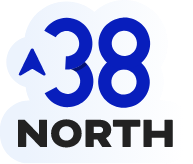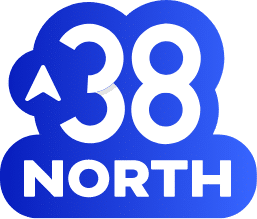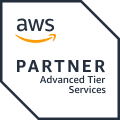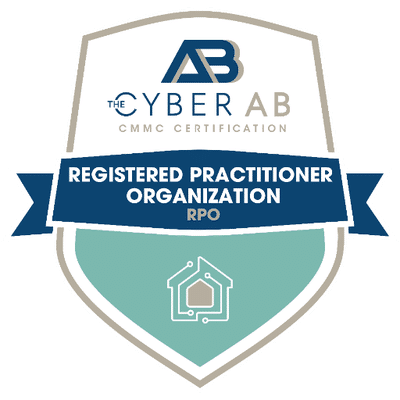As a technical writer who spends most of her day pulling together FedRAMP authorization packages, here’s one thing I know: Doc dev matters. A lot.
Documentation development (known as ‘Doc Dev’ in the cloud computing world) plays a crucial role in achieving and maintaining an ATO for a compliance framework. Think FedRAMP. If you’re seeking FedRAMP authorization, you are required to submit a FedRAMP Authorization Package to a specific federal agency.
Learn more: Understanding FedRAMP Certification Cost: A Breakdown of Expenses and Tips to Reduce Them
The backbone of any audit journey is thoroughly documenting your compliance efforts to ensure all federal data is securely stored, processed, and accessed in the cloud. The FedRAMP Authorization Package includes the System Security Plan (SSP), policies, procedures, and other documents, which tells the story about how your cloud service meets each control and requirement. Is your documentation everything it should be? Precision and clarity will serve you well here.
Teamwork
Streamlined and collaborative teamwork is crucial for effective documentation development, especially for complex compliance frameworks like FedRAMP. Leveraging the collective expertise of the team helps to ensure the comprehensive, accurate, and timely creation of required materials, while maintaining consistency and quality. Put the following in place to pave the way to success:
- Set up cross-functional teams:
- Include members from IT, security, legal, and relevant business units.
- Leverage diverse expertise for comprehensive documentation.
- Establish clear roles and responsibilities:
- Assign specific tasks to team members based on their expertise.
- Designate a project manager or coordinator to oversee the process.
- Use collaborative tools:
- Use shared document platforms (e.g., SharePoint, Google Docs) for real-time collaboration.
- Implement version control systems to track changes and revisions.
- Hold regular meetings:
- Conduct status update meetings to track progress and address issues.
- Conduct workshops for complex topics requiring group input.
- Develop documentation standards:
- Establish and communicate clear standards for format, style, and content.
- Create templates to ensure consistency across different documents.
- Define the review process:
- Implement a peer review system for accuracy and completeness.
- Conduct formal reviews with stakeholders at key milestones.
- Share knowledge:
- Encourage team members to share insights and best practices.
- Create a knowledge base or wiki for common information and FAQs.
- Train your crew:
- Provide training on documentation requirements and tools.
- Conduct workshops on technical writing skills if needed.
- Use task management:
- Use project management tools to track tasks, deadlines, and dependencies.
- Implement agile methodologies for flexible and iterative development.
Reach out to 38North Security to assist with your documentation development. Do not underestimate the effort required to develop this documentation and implement the controls.
What exactly do you document?
While the System Security Plan (SSP) is the foundational document, there are many other necessary documents crucial for ensuring a smooth assessment process. The quality and thoroughness of capturing control implementation is paramount to a successful audit review. Here’s an overview of what is captured:
- System description: The System Security Plan (SSP) provides a detailed description of your cloud service offering, its architecture, and boundaries, which are critical for assessors to understand the system.
- System boundaries and data flow diagrams: The system boundaries define the limits of your cloud service offering, identifying where your system begins and ends. Data flow diagrams illustrate how data moves through your system, depicting the interaction between different components and identifying points of data ingress, processing, storage, and egress. These diagrams and boundary definitions are essential for assessors to understand the scope and interfaces of your system, ensuring all aspects are covered and properly secured.
- Categorization. Your system impact level is determined in accordance with FIPS-199 and categorized as Low, Moderate, or High.
- Policies and procedures: An overall picture is provided of the policies and procedures defining your cloud service offering.
- Implementation of security controls. An in-depth description of the applicable NIST 800-53 controls, along with FedRAMP supplemental controls that closely examine:
- A contingency plan outlining procedures and strategies to ensure business continuity and system recovery in the event of disruptions or disasters.
- An incident response plan outlining a structured approach to addressing and managing the aftermath of a security breach or cyberattack.
- A configuration management plan outlining the processes, procedures, and controls for managing changes to the information system.
- A continuous monitoring plan outlining how your organization will continuously assess the effectiveness of its security controls and maintain its security posture over time.
Learn more: How Continuous Monitoring Supports FedRAMP Readiness
- A structured approach for awareness and training to educating employees, contractors, and other system users about security policies, procedures, and best practices.
Learn more: FedRAMP Training for Your Organization: A Brief Intro and How to Get Buy-In From Leaders
- A list of “Laws and Regulations” addressing the legal and regulatory framework that governs how your organization protects your information system and data.
Speak to a cybersecurity expert today to learn how 38North Security can support your documentation development.
Fix what is broken.
Vulnerabilities in the system are revealed as documentation is developed, which are captured in the Plan of Action and Milestones (POA&M). This roadmap defines a remediation plan, resources required to accomplish tasks, milestones for meeting deadline, and scheduled completion dates. Architectural changes may be required.
After the audit, continue monitoring.
Achieving FedRAMP authorization is a significant achievement, but the journey doesn’t end there. Continuous monitoring is the heartbeat of FedRAMP compliance, ensuring your service remains secure amidst an ever-evolving threat landscape. Regularly updating documentation, monitoring changes to your service, and staying on top of new vulnerabilities are part of the ongoing commitment to maintaining your authorization.
Work smart. Reuse your documentation.
Reusing documentation created for FedRAMP for other compliance frameworks can be an efficient approach, as there’s often significant overlap in requirements.
Remember, while reusing documentation can save time and effort, it’s crucial to thoroughly review and adapt the content to ensure it fully meets the requirements of the new framework. Each compliance standard has its own nuances and specific expectations that need to be addressed.
You don’t have to stand up documentation by yourself. Lean on 38North Security to lead the documentation development.




